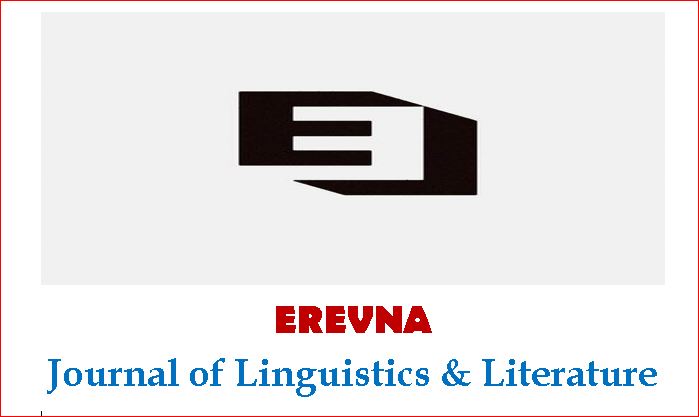The Legal Discourse Analysis: Resolving Syntactic Ambiguities in the Legal Practitioners and Bar Councils Act 1973
Keywords:
legal discourse, syntactic ambiguity, tree diagram, discourse analysis, law, prepositionsAbstract
Legal language is complicated for a common man to comprehend. This study aims to resolve syntactic ambiguities in the legal act named Legal Practitioners and Bar Councils Act 1973. The present study is qualitative, and the Discourse Analysis Methodology was applied to this research by using the Tree Diagram Structure. Syntactic categories are also known as parts of speech. They are the group of words for instance, nouns, noun phrases, verbs, verb phrases, adjectives, adverbs, pronouns, prepositions, prepositional phrases, conjunctions, and determiners which identify the rules and restrictions to make a sentence. The result showed that 10 sentences and 2 phrases were ambiguous due to the disarrangement of prepositional phrases in the Act and it caused more than one interpretation. After using the tree diagram and arranging the words it became easy to understand the legal sentences in the Act. To conclude, legal sentences and phrases are full of prepositions. Prepositional phrases are a fundamental part of the legal discourse and legal language has its specialized language which needs to be taught with the help of linguistics. When law and linguistics are combined it will make way for an interdisciplinary approach and it will create scope and further areas to be explored in the field of law.
References
Ajayi, V. (2017, September). Distinguish between primary sources of Data and secondary sources of data. Makurdi.
Ali, S., Bay, I. W., & Mufatiroh , I. (2023). Syntactic Tree Diagram: Students Problems and International Journal of English Linguistics, Literature, and Education (IJELLE), 5(1). From https://journal.univetbantara.ac.id/index.php/ijelle/article/view/3717/pdf
Aurangzaib, Rana, A. K., Zeeshan, A., & Naqvi, S. H. (2021). A comparative discourse analysis of Pakistani English and Urdu Newspapers Headlines. Journal of Archaelogy of Egypt/Egyptology 18(4).
Carnie, A. (2013). Syntax A Generative Introduction (Third ed.). Sussex: A John Wiley andSons, Ltd, Publication.
(2020, July 26). Change in bar membership criteria challenged. DAWN.
Dai, W. (2021). A tentative Approach to Ambiguity in English Sentences. 8.
Dickson, A., Hussein, E. K., & Agyem, J. A. (2018, January). Theoretical and Conceptual framework: Mandatory ingredients of a quality research. International Journal of Scientific Research, 7(1).Esudu, S. (2017). Law and Society Essay.
Grant, C., & Osanloo, A. (2014). Understanding, Selecting and Integrating a Theoretical Framework in Dissertation Research: Creating the Blueprint for your "House". Connecting Education, Practice and Research, 4 (n2), 12-26.
Khan. (2018). English Jurisprudence as exponded by Sir John Salmond. Lahore: PLD Publishers.
Lin, X. A. (2023). Syntactic complexity in legal translated texts and the use of plain English: a corpus-based study. Humanit Soc Sci Commun, 10(17). From https://doi.org/10.1057/s41599-022-01485-x
Olsson, J., & Luchjenbroers , J. (2017). Forensic Linguistics. Bloomsbury .
Purnomoadjie, W., & Mulyadi, M. (2019, September). A Syntactical Analysis on Sentence Structure Used in Two Adeles's Songs. PANYONARA: Journal of English Education, 1(1).
Ritan, Y. (2018). Ambiguity and Tree Structure of Sentences in Home Movie.
Schane, S. (2002). Ambiguity and Misunderstanding in the Law. Thomas Jefferson Law Review, 25, 167-193.
Sirait, A., & Lingga , T. R. (2021). Applying Tree Diagram Programs in Teaching Syntax During Online Learning. Proceedings International Conference on Education of Suryakancana. Iconnects.
Vinz, S. (2022, October 14). Scribbr.com. Retrieved from Articles by Sarah Vinz: www.scribbr.com/author/sarah/
Wiredu, J. F. (2016). The complex sentence in Legal English: A Study of Law Reports.
Journal of Literature, Language and Linguistics, 22.
Wydick, R. C. (2005). Plain English for Lawyers (fifth ed.). Durham, North Carolina: Carolina Academic Press.





